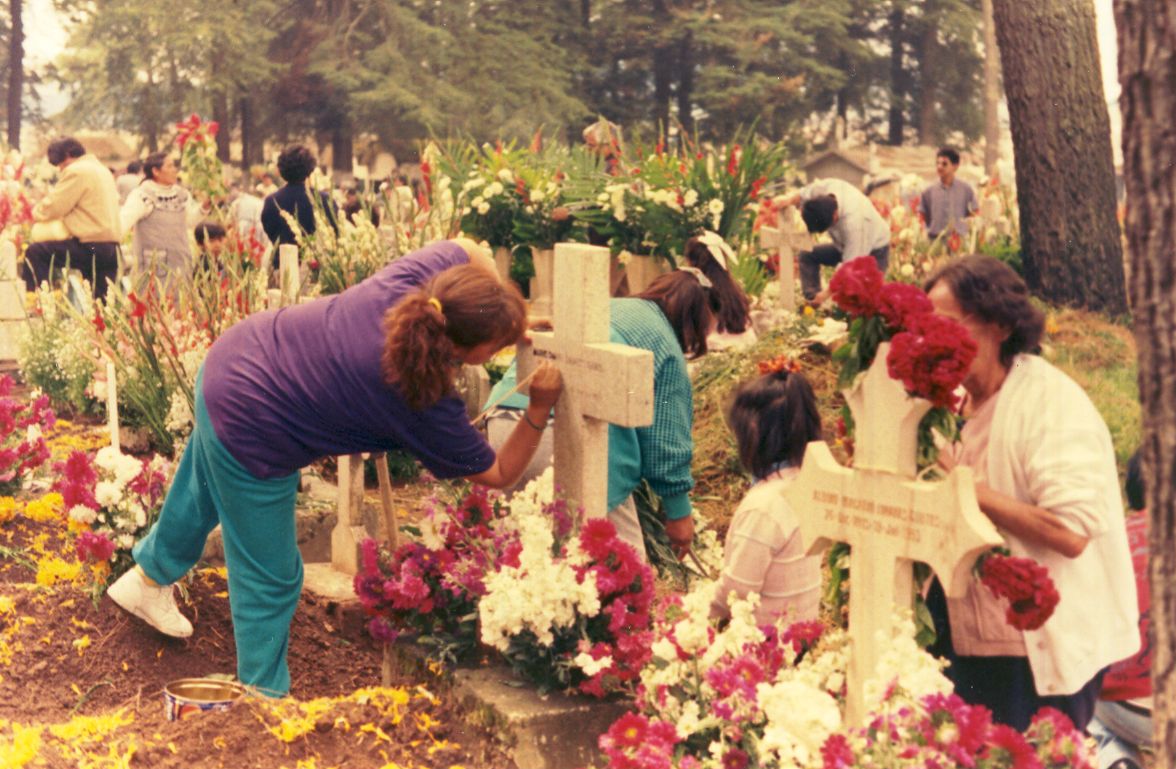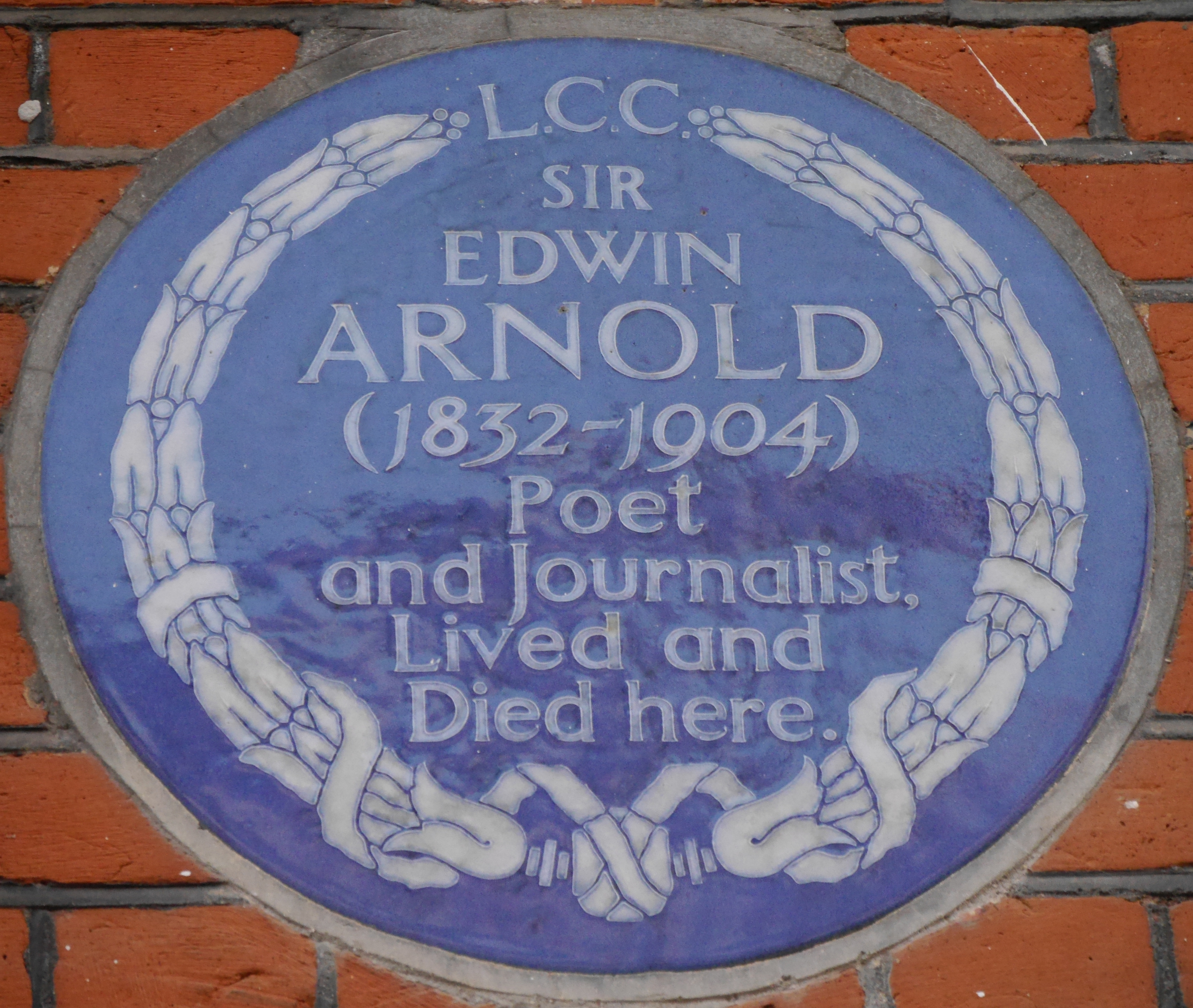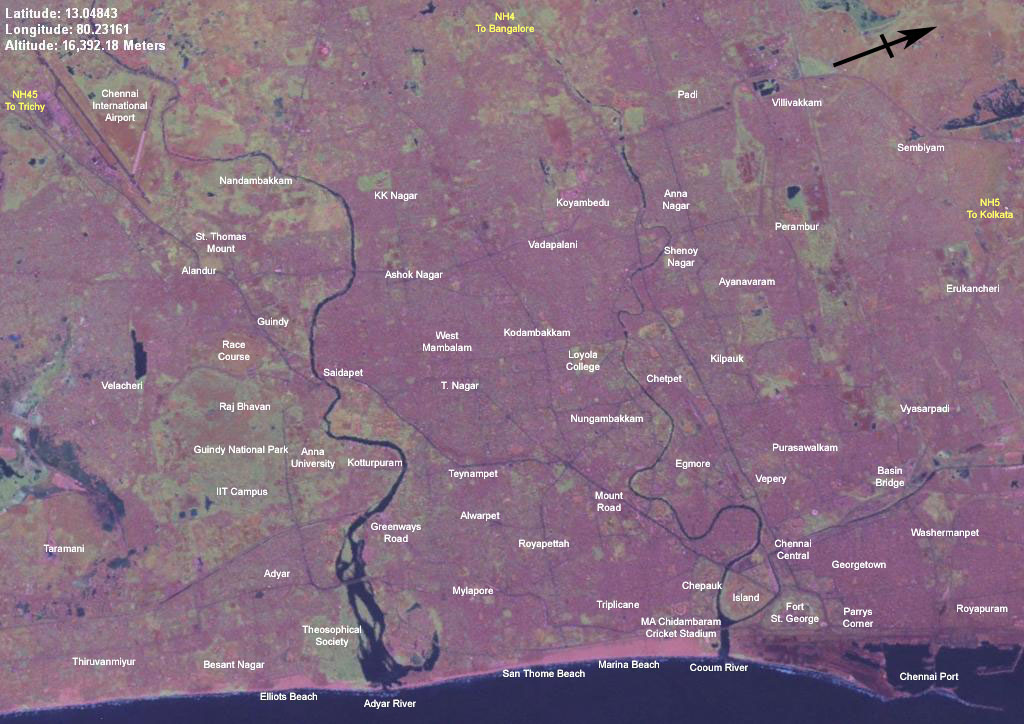|
Pizza Effect
In religious studies and sociology, the pizza effect is the phenomenon of elements of a nation's or people's culture being transformed or at least more fully embraced elsewhere, then re-exported to their culture of origin, or the way in which a community's self-understanding is influenced by (or imposed by, or imported from) foreign sources. Related phrases include "hermeneutical feedback loop", "re-enculturation", and "self-orientalization". The term "pizza effect" was coined by the Austrian-born Hindu monk and professor of Anthropology at Syracuse University, Agehananda Bharati, who wrote the following in 1970, based on his analysis of this phenomenon. Although Bharati's knowledge of pizza history was incorrect, the term ''pizza effect'' nonetheless stuck. Examples Original meaning The original examples given by Agehananda Bharati mostly had to do with popularity and status: * The Apu trilogy films of Satyajit Ray, which were flops in India before they were given priz ... [...More Info...] [...Related Items...] OR: [Wikipedia] [Google] [Baidu] |
Bhagavad Gita
The Bhagavad Gita (; sa, श्रीमद्भगवद्गीता, lit=The Song by God, translit=śrīmadbhagavadgītā;), often referred to as the Gita (), is a 700- verse Hindu scripture that is part of the epic ''Mahabharata'' (chapters 23–40 of book 6 of the Mahabharata called the Bhishma Parva), dated to the second half of the first millennium BCE and is typical of the Hindu synthesis. It is considered to be one of the holy scriptures for Hinduism. The Gita is set in a narrative framework of a dialogue between Pandava prince Arjuna and his guide and charioteer Krishna. At the start of the dharma yuddha (or the "righteous war") between the Pandavas and the Kauravas, Arjuna is preoccupied by a moral and emotional dilemma and despairs about the violence and death the war will cause in the battle against his kin. Wondering if he should renounce the war, he seeks Krishna's counsel, whose answers and discourse constitute the Gita. Krishna counsels Arjuna to "fu ... [...More Info...] [...Related Items...] OR: [Wikipedia] [Google] [Baidu] |
Day Of The Dead
The Day of the Dead ( es, Día de Muertos or ''Día de los Muertos'') is a holiday traditionally celebrated on November 1 and 2, though other days, such as October 31 or November 6, may be included depending on the locality. It is widely observed in Mexico, where it largely developed, and is also observed in other places, especially by people of Mexican heritage. Although related to the simultaneous Christian remembrances for Hallowtide, it has a much less solemn tone and is portrayed as a holiday of joyful celebration rather than mourning. The multi-day holiday involves family and friends gathering to pay respects and to remember friends and family members who have died. These celebrations can take a humorous tone, as celebrants remember funny events and anecdotes about the departed. Traditions connected with the holiday include honoring the deceased using calaveras and marigold flowers known as ''cempazúchitl'', building home altars called '' ofrendas'' with the favorite fo ... [...More Info...] [...Related Items...] OR: [Wikipedia] [Google] [Baidu] |
Chicano
Chicano or Chicana is a chosen identity for many Mexican Americans in the United States. The label ''Chicano'' is sometimes used interchangeably with ''Mexican American'', although the terms have different meanings. While Mexican-American identity was related to encouraging assimilation into White American society and separating the community from the African-American political struggle, Chicano identity emerged among anti-assimilationist youth. Some belonged to the Pachuco subculture, and claimed the term (which had previously been a classist and racist slur). The term ''Chicano'' was widely reclaimed by ethnic Mexicans in the 1960s and 1970s to express political empowerment, ethnic solidarity, and pride in being of Indigenous descent (with many using the Nahuatl language), diverging from the more assimilationist ''Mexican American'' term. Chicano Movement leaders collaborated with Black Power movement. Chicano youth in ''barrios'' rejected cultural assimilation into whit ... [...More Info...] [...Related Items...] OR: [Wikipedia] [Google] [Baidu] |
Cholo (subculture)
A cholo or chola is a member of a Chicano and Latino subculture or lifestyle associated with a particular set of dress, behavior, and worldview which originated in Los Angeles. A veterano or veterana is an older member of the same subculture. Other terms referring to male members of the subculture may include vato and vato loco. ''Cholo'' was first reclaimed by Chicano youth in the 1960s and emerged as a popular identification in the late 1970s. The subculture has historical roots in the Pachuco subculture, but today is largely equated with anti-social behavior, criminal behavior and gang activity. Usage of terms Historical ''Cholo'' was originally used to denote a racialized individual of lower socioeconomic status. It first emerged in the early 17th century as a term used by Spanish colonizers as follows: "The child of a Black male and an Indian female, or of an Indian male and Black female, they call ''mulato'' and ''mulata''. The children of these they call ''cholos. ... [...More Info...] [...Related Items...] OR: [Wikipedia] [Google] [Baidu] |
Pali Text Society
The Pali Text Society is a text publication society founded in 1881 by Thomas William Rhys Davids "to foster and promote the study of Pāli texts". Pāli is the language in which the texts of the Theravada school of Buddhism are preserved. The Pāli texts are the oldest collection of Buddhist scriptures preserved in the language in which they were written down. The society first compiled, edited, and published Latin script versions of a large corpus of Pāli literature, including the Pāli Canon, as well as commentarial, exegetical texts, and histories. It publishes translations of many Pāli texts. It also publishes ancillary works including dictionaries, concordances, books for students of Pāli and a journal. History Thomas William Rhys Davids was one of three British civil servants who were posted to Sri Lanka, in the 19th century, the others being George Turnour, and Robert Caesar Childers (1838–1876). At this time Buddhism in Sri Lanka (then Ceylon) was struggling un ... [...More Info...] [...Related Items...] OR: [Wikipedia] [Google] [Baidu] |
Sir Edwin Arnold
Sir Edwin Arnold KCIE CSI (10 June 183224 March 1904) was an English poet and journalist, who is most known for his work ''The Light of Asia''.Sir Edwin Arnold '''', 25 March 1904 Biography Arnold was born at , Kent, the second son of a magistrate, Robert Coles Arnold. He grew up at Southchurch Wick, a farm in |
Mahatma Gandhi
Mohandas Karamchand Gandhi (; ; 2 October 1869 – 30 January 1948), popularly known as Mahatma Gandhi, was an Indian lawyer, anti-colonial nationalist Quote: "... marks Gandhi as a hybrid cosmopolitan figure who transformed ... anti-colonial nationalist politics in the twentieth-century in ways that neither indigenous nor westernized Indian nationalists could." and political ethicist Quote: "Gandhi staked his reputation as an original political thinker on this specific issue. Hitherto, violence had been used in the name of political rights, such as in street riots, regicide, or armed revolutions. Gandhi believes there is a better way of securing political rights, that of nonviolence, and that this new way marks an advance in political ethics." who employed nonviolent resistance to lead the successful campaign for India's independence from British rule, and to later inspire movements for civil rights and freedom across the world. The honorific ''Mahātmā'' (Sanskrit ... [...More Info...] [...Related Items...] OR: [Wikipedia] [Google] [Baidu] |
Anagarika Dharmapala
Anagārika Dharmapāla (Pali: ''Anagārika'', ; Sinhala: Anagārika, lit., si, අනගාරික ධර්මපාල; 17 September 1864 – 29 April 1933) was a Sri Lankan Buddhist revivalist and a writer. Anagarika Dharmapāla is noted because he was: * the first global Buddhist missionary * one of the founding contributors of non-violent Sinhalese Buddhist nationalism * a leading figure in the Sri Lankan independence movement against British rule * a pioneer in the revival of Buddhism in India after it had been virtually extinct for several centuries * the first Buddhist in modern times to preach the Dhamma in three continents: Asia, North America, and Europe. Along with Henry Steel Olcott and Helena Blavatsky, the creators of the Theosophical Society, he was a major reformer and revivalist of Sinhala Buddhism and an important figure in its western transmission. He also inspired a mass movement of South Indian Dalits including Tamils to embrace Buddhism, half a c ... [...More Info...] [...Related Items...] OR: [Wikipedia] [Google] [Baidu] |
Sri Lankan Buddhist
Theravada Buddhism is the largest and official religion of Sri Lanka, practiced by 70.2% of the population as of 2012. Practitioners of Sri Lankan Buddhism can be found amongst the majority Sinhalese population as well as among the minority ethnic groups. Sri Lankan Buddhists share many similarities with Southeast Asian Buddhists, specifically Myanmar Buddhists and Thai Buddhists due to traditional and cultural exchange. Sri Lanka is one of five nations with a Theravada Buddhist majority. Buddhism has been declared as the state religion under Article 9 of the Sri Lankan Constitution which can be traced back to an attempt to bring the status of Buddhism back to the status it enjoyed prior to the colonial era. Proselytizing from Buddhism has been illegal in Sri Lanka since 2009, due to the increase in conversions to Catholicism, however converting into Buddhism is highly encouraged by the government to be considered a person of Sinhalese origin. Sri Lanka is one of the oldest ... [...More Info...] [...Related Items...] OR: [Wikipedia] [Google] [Baidu] |
Buddhist Modernism
Buddhist modernism (also referred to as modern Buddhism, modernist Buddhism, and Neo-Buddhism are new movements based on modern era reinterpretations of Buddhism. David McMahan states that modernism in Buddhism is similar to those found in other religions. The sources of influences have variously been an engagement of Buddhist communities and teachers with the new cultures and methodologies such as "Western monotheism; rationalism and scientific naturalism; and Romantic expressivism". The influence of monotheism has been the internalization of Buddhist gods to make it acceptable in modern Western society, while scientific naturalism and romanticism has influenced the emphasis on current life, empirical defense, reason, psychological and health benefits. The Neo-Buddhism movements differ in their doctrines and practices from the historical, mainstream Theravada, Mahayana and Vajrayana Buddhist traditions. A co-creation of Western Orientalists and reform-minded Asian Buddhists, Bud ... [...More Info...] [...Related Items...] OR: [Wikipedia] [Google] [Baidu] |
Adyar, Chennai
Adyar is a large neighbourhood in south Chennai, Tamil Nadu, India. It is located on the southern banks of the Adyar River. It is surrounded by the Tharamani in the West, Tiruvanmiyur, Thiruvanmiyur to the South, Besant Nagar in the East, Kotturpuram in the North-West and Raja Annamalaipuram, Raja Annamalai puram in the North past the Adyar River . Adyar is one of the costliest areas in Chennai with property values four times the value of similar sized properties in the northern part of Chennai. The Gandhi Nagar region of Adyar is one of the poshest localities in Chennai. History Etymology The neighbourhood gets its name from the Adyar River, which flows through its northern limits. The term ''Adyar'' is the anglicized form of the Tamil word ''aḍai-ārŭ'' ( ''clogged-river''), which is colloquially just pronounced as ''aḍayār''. British India Adyar and the neighbouring Guindy had been used as hunting grounds by British officials of Fort St. George from the 1680s ... [...More Info...] [...Related Items...] OR: [Wikipedia] [Google] [Baidu] |
_p2.172_-_IL_PIZZAIUOLO.jpg)






.jpg)

